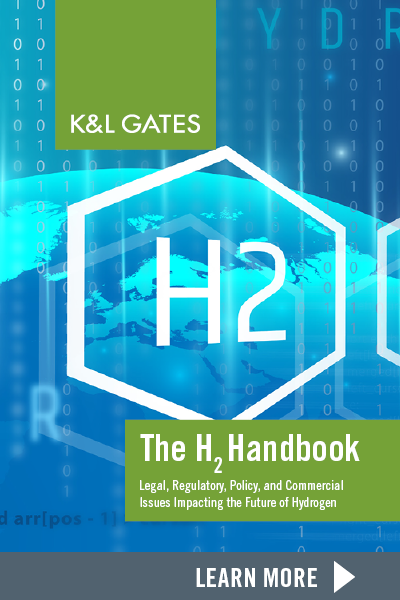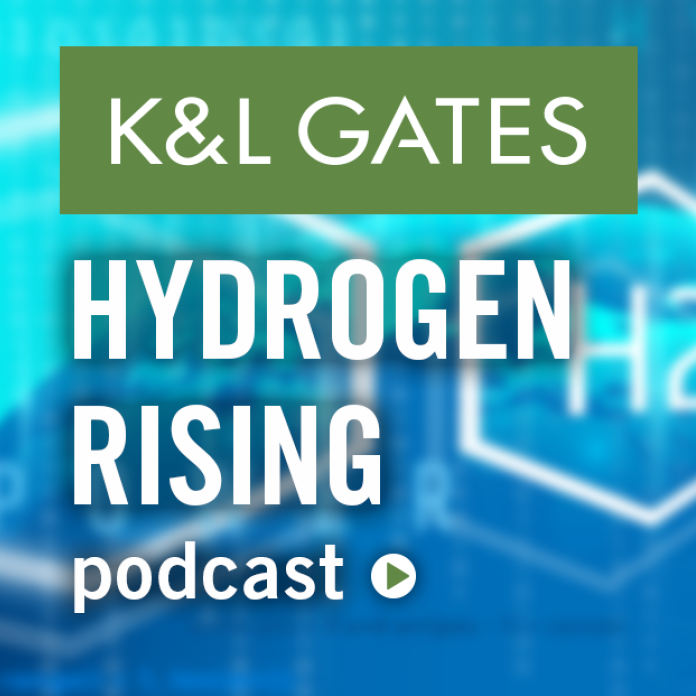K&L Gates’ Energy Storage Handbook: Volume 6
Now Available Online!
As a courtesy to our clients and friends, the K&L Gates Power practice has updated the Energy Storage Handbook.
This Energy Storage Handbook is designed to be a basic primer on what energy storage is, how federal and state governments regulate it, and what sorts of issues are encountered when such projects are financed and developed. While this Handbook is not meant to be a definitive catalog of every energy storage law and issue existing in today’s marketplace, we have endeavored to highlight the most common development and regulatory matters our clients face and the industries we serve. We will continue to update this Handbook periodically as additional states and stakeholders continue to address the implementation of energy storage resources in the marketplace.
We hope you find it useful and welcome your feedback.
New in Volume 6:
- Completely refreshed FERC and ISO/RTO sections, including FERC Order 2222.
- Hydrogen storage? It’s getting close.
- Avoiding disputes in battery supply agreements.
- New states, including Virginia and South Carolina.
- The latest with PJM’s capacity rules.
To view the full Handbook, please follow the link below:


